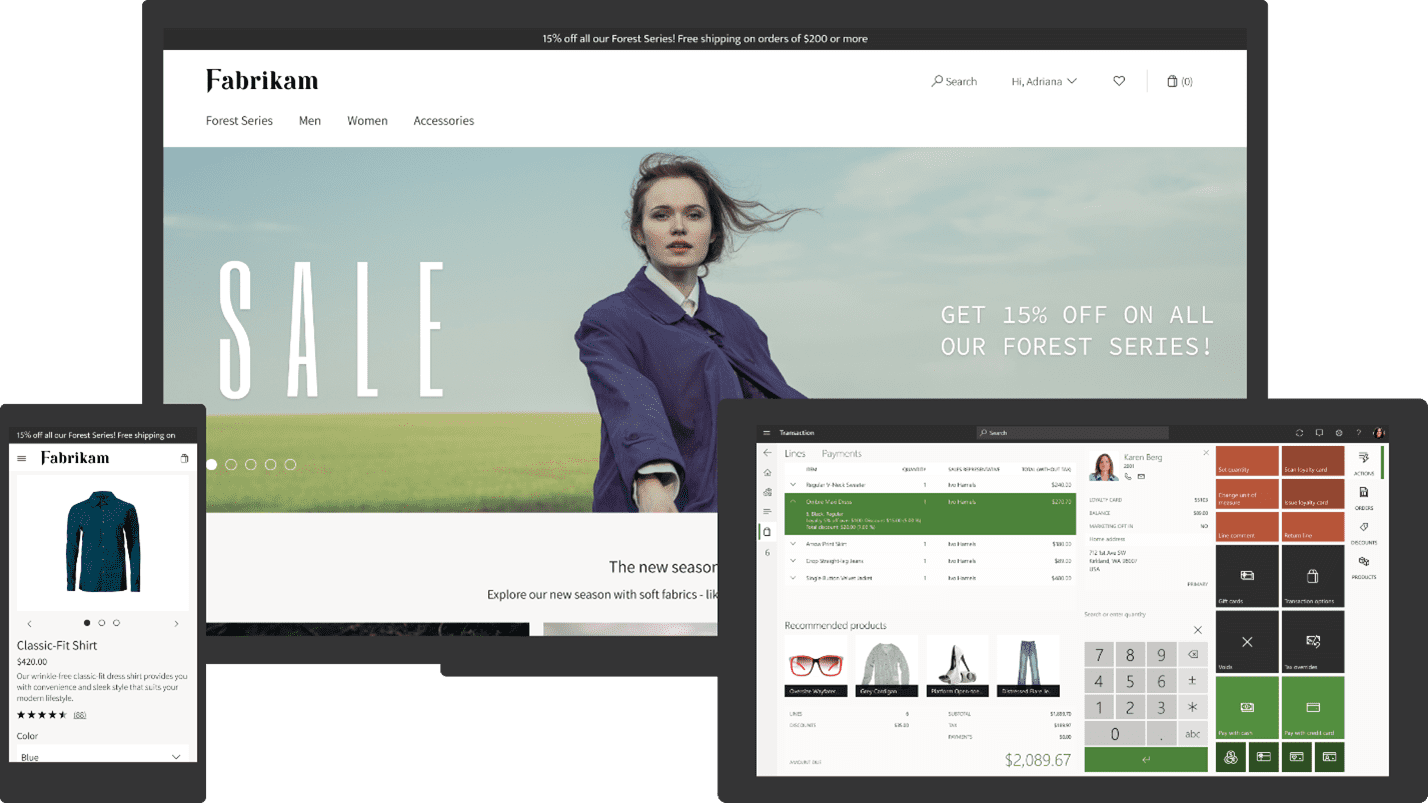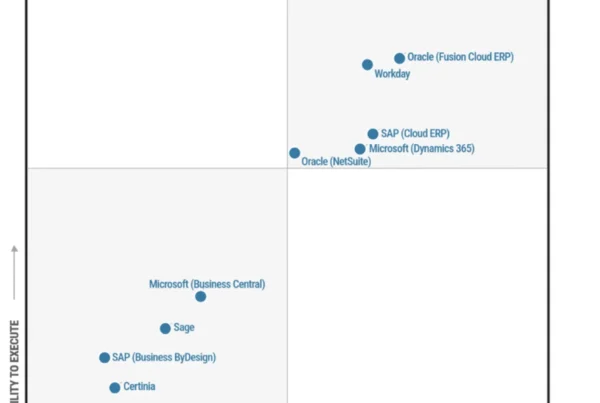The last few decades have seen monumental change in the retail industry. Specifically, technology has untethered the shopper from the store and allowed retail to take place anywhere, at any time. When viewed through hindsight, these changes occurred just in time, for without the e-commerce revolution during the past two decades, retailers would have faced a significantly more difficult situation during the recent pandemic. Nonetheless, innovative companies have been able to adapt and adjust to these challenging times.
Businesses looked to the role of technology in enabling the agility to not only meet emerging customer needs but also to drive lasting impact in their organization’s business efficiency, customer experience, and market position. Patagonia partnered with Microsoft and Dynamics 365 to help navigate through the market turmoil and continue to innovate and drive to meet their business goals.
The pandemic forced many retailers to rethink almost everything related to the purchase experience. Where and how can customers pick up and return their purchased items? How can they pay? What is the utility of a store in an online-first shopping environment? Questions like these are now being answered in ways that will reverberate through the industry long after the pandemic has receded.


Dynamics 365 has helped equip retailers with a flexible, unified, and seamless buying experience for customers and partners. With Dynamics 365 Commerce, businesses have been able to engage across traditional and emerging channels while allowing consumers the option to buy when, how, and where they want—on any device—by delivering a frictionless and consistent experience across online and offline channels.
As we continue through the pandemic, both shoppers and retailers will have to adapt to a new normal. Let’s take a closer look at some trends that will persist in retail for the time to come.
1. Flexible order fulfillment
2020 ushered in the mass adoption of non-traditional fulfillment opportunities. One of these new methods that became essential during the past year is BOPIS, or buy-online-pick-up-in-store. As the pandemic unfolded, retailers saw a 208 percent increase in BOPIS from the previous year as customers gravitated to the increased convenience and choice that flexible order fulfillment offered. This accelerated a trend that had been gaining ground in some industries, like grocery, and saw it spread to retail sectors of all kinds.
2. Flexible returns
Like flexible order fulfillment, flexible returns provide the customer with increased convenience, this time related to items they no longer need or are not satisfied with. Returns are costly, and COVID-19 supercharged their numbers, with 2020 seeing consumers return $428 billion in merchandise, with $102 billion attributed to online purchasing, up 38.5 percent from 2019. As we move forward, the challenge will be for retailers to manage costs around returns without depriving consumers of the ease of returns they came to expect during the pandemic.
3. Contactless payments
Of all the trends mentioned in this blog, contactless payment via radio frequency identification (RFID) and near-field communication technology was perhaps the most widely adopted before the pandemic. Even at that, the need for increased cleanliness protocols and a desire to avoid touching surfaces where possible meant that the use of contactless payments has increased by 30 percent since COVID-19 started. With continued growth expected, savvy retailers will no longer allow the purchase experience to be tethered to specific locations or modes of payment.
4. Omnichannel retail
Like contactless payments, omnichannel retail plans had already been a high priority for many companies pre-COVID-19. However, the pandemic forced many retailers to speed up transitions from mostly brick-and-mortar to a proper omnichannel solution. Omnichannel has become an absolute requirement for modern retailers to survive. Part of this transition includes a re-thinking of the physical store itself. Rather than acting as the critical location in the retail journey—a place for customers to browse for and purchase items—the store now serves as a place for customers to see, touch, and feel items they have discovered through other shopping channels before final purchase.
Microsoft is helping retailers deliver on their brand promises
In each of the trends mentioned, consumers rushed to welcome the added flexibility to the retail experience. As we continue through the pandemic and return to a new normal, consumers will be reticent to give their newfound conveniences.


At January NRF we announced Microsoft Cloud for Retail to help retailers deliver seamless experiences across the entire buying journey, and recently we announced even more capabilities within the Microsoft Cloud for Retail public preview to help businesses build flexibility into their systems in order to thrive in the post-pandemic world.






